Disclosure: This article contains affiliate links. We may earn a commission from purchases at no extra cost to you, which helps our travel content.
The humid air hit me like a warm embrace as I stepped off the plane in Guayaquil. Ecuador's largest city and bustling port isn't usually the first stop on most travelers' itineraries—many rush straight to the Galápagos or Quito—but this vibrant coastal hub deserves more than just a passing glance. After five visits to Ecuador, I've learned that mastering Guayaquil's transportation system is the key to unlocking the city's authentic charm without breaking the bank. Whether you're here for a weekend layover or using it as a base for coastal explorations, this guide will help you navigate like a local while keeping your mind and wallet at ease.
From Airport to City: Your First Ecuadorian Journey
José Joaquín de Olmedo International Airport sits just 5km from downtown Guayaquil, making your entry into the city refreshingly straightforward compared to many international destinations I've visited.
The official airport taxis (yellow with airport logos) are my recommended option for newcomers. They operate on fixed rates—expect to pay $5-7 to the downtown area or $7-10 to the popular Samborondón district. While slightly pricier than city taxis, the peace of mind is worth it after a long flight.
For the budget-conscious traveler, the public bus is a viable alternative. Exit the terminal, cross the parking area to the main road, and catch the blue Metrovía bus for less than $0.30. However, I don't recommend this with large luggage or late at night.
I always keep small bills handy for transportation in Ecuador. On my last visit, my travel wallet was perfect for organizing Ecuadorian currency while keeping it secure against my body—essential in busy transit areas.
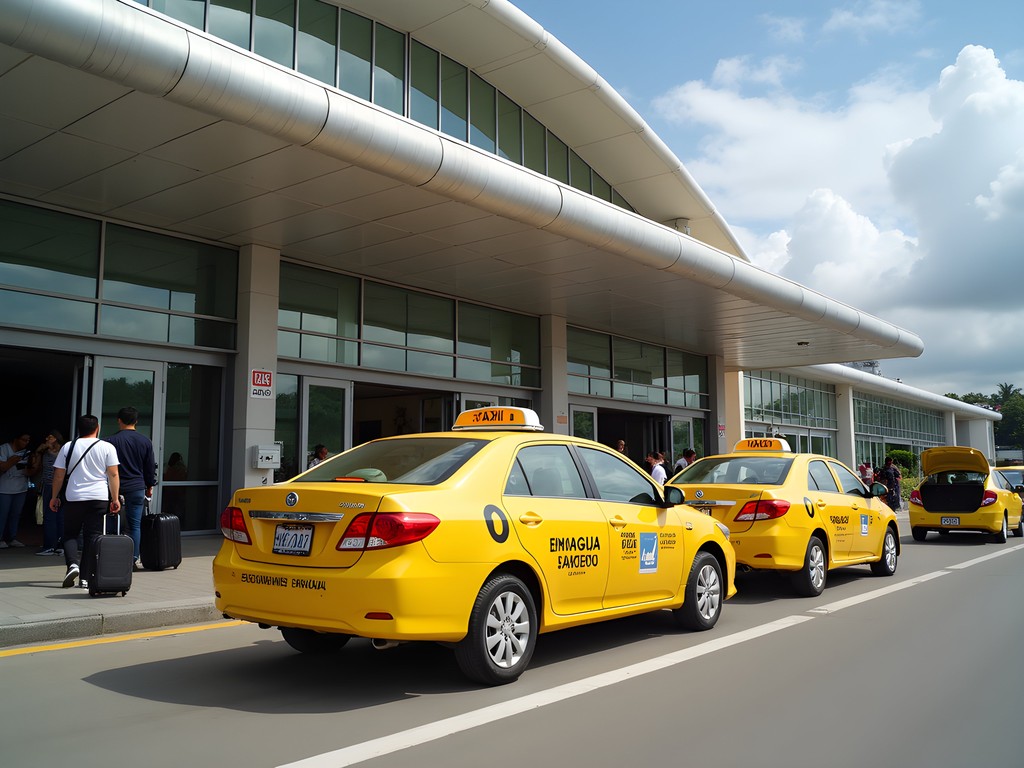
💡 Pro Tips
- Have your accommodation address written down in Spanish to show drivers
- Official airport taxis are yellow with an airport logo—don't accept rides from unmarked cars
- Keep small bills ($1, $5) for taxis as drivers rarely have change for larger notes
Mastering the Metrovía: Guayaquil's Bus System
The Metrovía is Guayaquil's primary public transportation system—a network of dedicated bus lanes that cuts through traffic, making it both efficient and economical. At just $0.30 per ride, it's my go-to for daytime city exploration.
The system consists of three main trunks (troncales): Metrovía 1 (blue) runs north-south, Metrovía 2 (green) connects the bus terminal to downtown, and Metrovía 3 (purple) serves the northeast areas. Each has its own dedicated stations with turnstiles where you'll need to purchase a magnetic card.
During my first visit, I found the system intimidating, but I quickly learned to navigate using the free maps available at major stations. The buses run frequently from 5am until midnight, though they can get extremely crowded during rush hours (7-9am and 5-7pm).
For safety, I always wear my anti-theft crossbody bag when using public transportation. Its slash-proof straps and RFID-blocking pockets have given me peace of mind while navigating busy stations.
One morning, I hopped on the blue line to visit the colorful Las Peñas neighborhood. The bus was packed with locals heading to work, but the 15-minute ride saved me both money and time compared to sitting in taxi traffic.
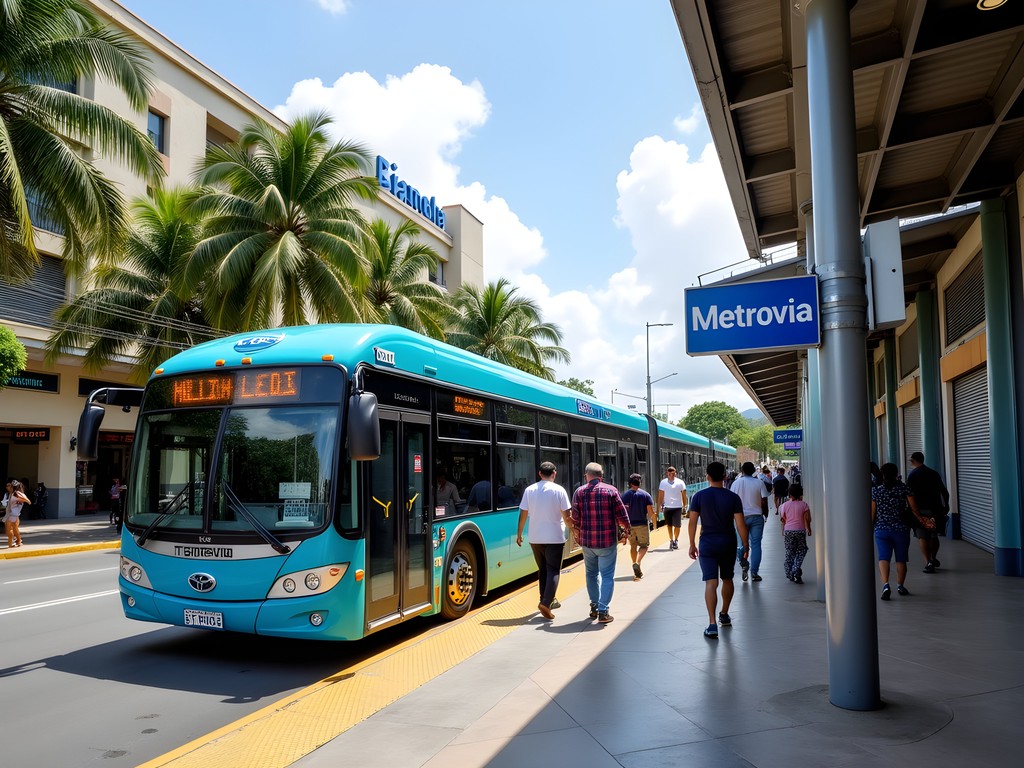
💡 Pro Tips
- Buy a rechargeable Metrovía card at any main station if staying more than a day
- Keep your belongings close during rush hour when buses get extremely crowded
- Take a photo of the route map with your phone for easy reference
Taxis & Ridesharing: Navigating Like a Local
Yellow taxis are abundant in Guayaquil and provide a convenient option when the Metrovía doesn't reach your destination or when traveling at night. Unlike many Latin American cities I've visited, Guayaquil's taxis use meters (taxímetro), starting at $1.50 with approximately $1 per kilometer thereafter.
However, not all drivers activate the meter automatically. My go-to phrase is always, "¿Puede usar el taxímetro, por favor?" (Can you use the meter, please?). If they refuse, politely decline and find another taxi—there are plenty.
Ridesharing apps like Uber and Cabify also operate in Guayaquil and have become my preferred option for evening transportation. The fixed pricing and GPS tracking provide an added layer of security, especially when traveling solo. I've found drivers to be professional and vehicles generally newer than standard taxis.
During my last visit, I relied heavily on my portable WiFi hotspot to ensure I could always call a ride regardless of local cell service. The ability to connect multiple devices made it invaluable for checking routes and summoning rides throughout Ecuador.
For safety, I always share my ride details with a friend or family member using the app's share feature, and I verify the license plate before getting in. These small mindfulness practices have helped me navigate Guayaquil confidently as a solo female traveler.
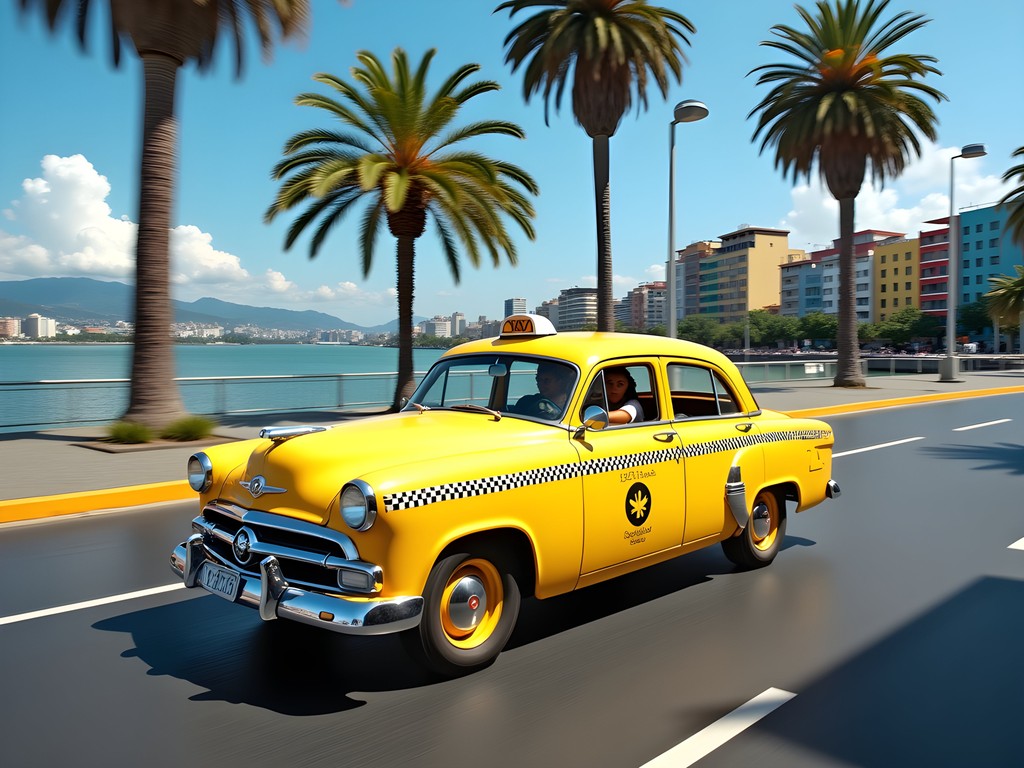
💡 Pro Tips
- Always ask for the meter in taxis or agree on a price before starting your journey
- Look for taxis with the orange municipal registration number displayed on doors
- At night, use rideshare apps rather than hailing taxis from the street
Day Trips & Intercity Travel: Exploring Beyond Guayaquil
Guayaquil serves as an excellent base for exploring Ecuador's southern coast and highlands. The Terminal Terrestre (main bus terminal) is a massive transportation hub connected to the city center via the green Metrovía line.
For beach lovers, buses to coastal towns like Montañita (3 hours, $6-8) and Salinas (2 hours, $4-5) depart frequently throughout the day. I've made the journey to Montañita several times for surfing weekends—the buses are comfortable enough, though I always bring my inflatable travel pillow for longer journeys.
If you're heading to Cuenca in the highlands, the 4-hour journey offers spectacular mountain scenery. Companies like Transportes Azuay offer executive services with reclining seats and onboard bathrooms for around $12-15.
For closer excursions, the ecological reserve Cerro Blanco is just 16km west of the city. While public transportation options exist, I found hiring a taxi for the round trip (about $25-30 including waiting time) to be the most convenient option.
During rainy season (January-April), I always pack my quick-dry microfiber towel when taking day trips. It's been a lifesaver when caught in sudden downpours while waiting at outdoor bus stops or after a sweaty hike through the humid coastal forests.

💡 Pro Tips
- Arrive at least 30 minutes before departure for intercity buses
- Keep valuables on your person rather than in overhead storage on long-distance buses
- For popular beach destinations, buy return tickets in advance during holiday weekends
Walking & Mindful Exploration: The Slow Travel Approach
Despite Guayaquil's sprawling nature, several areas are perfectly suited for walking exploration. The Malecón 2000 riverfront promenade stretches for 2.5km along the Guayas River and is well-patrolled, making it ideal for mindful strolling at any time of day.
The colorful Las Peñas neighborhood with its 444 numbered steps leading up Santa Ana Hill offers both a cultural and physical journey. I start early in the morning to avoid both heat and crowds, taking time to appreciate the vibrant painted houses and panoramic city views.
Walking provides an opportunity to practice mindfulness—something I've integrated into my travels since that transformative sabbatical years ago. I often stop at small local cafes along my routes, like the wonderful spots on Calle Panamá, where connecting with locals has led to some of my most authentic Guayaquil experiences.
For longer walking days, my electrolyte tablets have been essential for staying hydrated in Guayaquil's humid climate. Just drop one in your water bottle and you'll avoid the dehydration headaches that can come from exploring in tropical heat.
While walking during daylight hours is generally safe in tourist areas, I practice standard urban awareness—keeping my phone tucked away, wearing my daypack on my front in crowded areas, and projecting confidence even when I'm not entirely sure where I'm going.
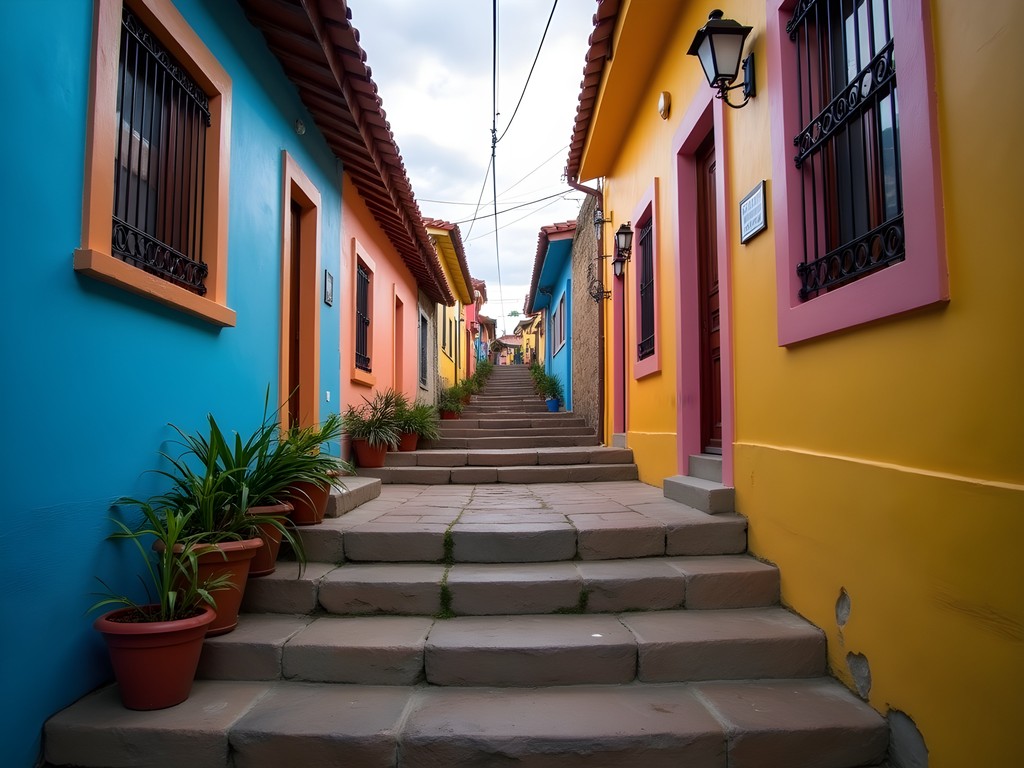
💡 Pro Tips
- Wear comfortable, breathable shoes for walking in the humid climate
- Carry a reusable water bottle—the tropical heat makes staying hydrated essential
- Download an offline map of Guayaquil to your phone for navigation without data
Final Thoughts
Navigating Guayaquil doesn't require a big budget or extensive planning—just a bit of mindfulness and willingness to embrace the local rhythm. From the efficient Metrovía to the ubiquitous yellow taxis, this coastal city offers transportation options to suit every comfort level and budget.
What I've come to appreciate most about Guayaquil isn't just its role as a gateway to Ecuador's more famous destinations, but how the journey through this vibrant port city becomes part of the adventure itself. Whether you're watching sunset from Santa Ana Hill after climbing those 444 steps, or sharing conversation with locals on a Metrovía ride, transportation here isn't just about getting from A to B—it's about the experiences along the way.
As with all my travels, I find that slowing down and approaching transportation mindfully transforms potential stress into opportunities for connection. So take a deep breath, embrace the warm coastal air, and allow yourself to move through Guayaquil with curiosity rather than hurry. The city reveals its true character not to those who rush through, but to those who journey mindfully. ¡Buen viaje!
✨ Key Takeaways
- The Metrovía bus system is the most economical way to navigate the city with rides costing just $0.30
- Official yellow taxis should use meters, starting at $1.50 with approximately $1 per kilometer
- Ridesharing apps like Uber provide added security for solo travelers, especially at night
- Terminal Terrestre connects Guayaquil to beach towns and highland cities with frequent, affordable buses
- Walking is ideal for exploring the Malecón 2000 and Las Peñas areas, with appropriate safety awareness
📋 Practical Information
Best Time to Visit
year-round (though May-December has less rainfall)
Budget Estimate
$30-50/day including transportation and budget accommodations
Recommended Duration
2-3 days
Difficulty Level
Easy

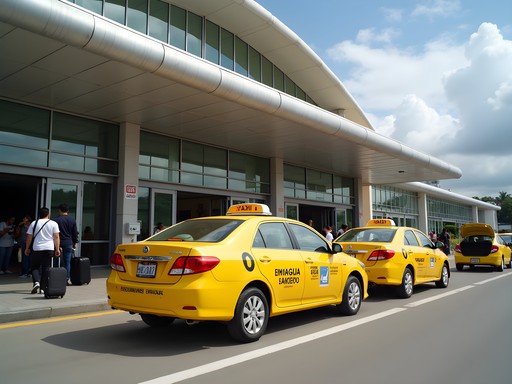







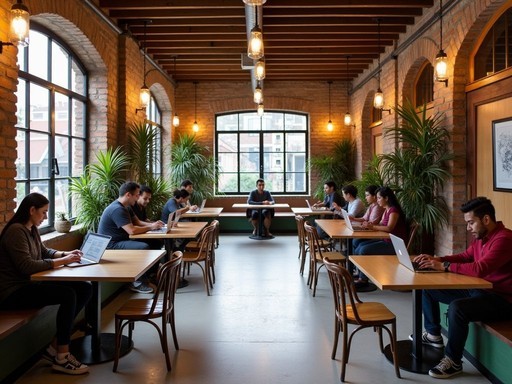




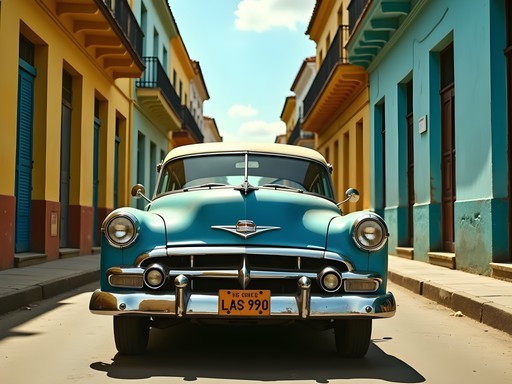

Comments
tripmaster
Visited Guayaquil last month and this guide would have been so helpful! One thing I'd add - if you're staying near Malecón 2000, the Metrovía Aeropuerto line drops you super close and it's way cheaper than a taxi. Also, I found having a good city map really essential. I used my pocket guide which had detailed Guayaquil maps that helped when my phone died. The section about yellow taxis with orange plates is spot on - definitely stick to those!
nomadmaster8100
Thanks for the tip about the Metrovía Aeropuerto line! Did you feel safe using it with luggage?
tripmaster
It was fine during daytime! Just keep your bags close. I wouldn't do it late at night though - taxi is better then.
dreamninja
Just booked my tickets to Ecuador! Saving this guide for later - the Metrovía tips will be super helpful!
nomadmaster8100
Great post! I'm planning to visit Guayaquil next month as a base for exploring the coast. Has anyone done day trips to Montañita or Salinas from here? Is it better to rent a car or take buses? Any recommendations on reliable car rental companies?
mountainmood
I did Salinas as a day trip! The buses are actually pretty comfortable and run frequently. Took about 2.5 hours each way. Wouldn't bother with a rental car unless you're staying overnight.
Taylor Moreau
If you do opt for a rental, I've had good experiences with Budget at the airport. Just ensure you have comprehensive insurance and document any existing damage thoroughly before departing.
Taylor Moreau
Having visited Guayaquil numerous times for business, I can attest that this guide covers the essentials admirably. One point I would emphasize is the importance of using official taxis or established rideshare services, particularly for business travelers arriving with laptops and equipment. The yellow taxis with orange license plates are indeed the safest option. I've found that having the concierge at your hotel arrange transportation for important meetings eliminates unnecessary stress in this bustling city. The Metrovía, while economical, can be quite congested during peak business hours - plan accordingly if you have important appointments.
mountainmood
This is exactly the guide I needed when I visited Guayaquil last year! The Metrovía was such a lifesaver once I figured out the routes. One tip I'd add - download the city map offline on Google Maps before arriving. The cell service can be spotty in some areas and having the map available saved me multiple times when I got turned around near the Malecón. Elizabeth, did you ever try the water taxis? I found them to be a fun alternative to get across the river!
dreamninja
Totally agree about downloading maps offline! Saved me too when my phone had no signal near Las Peñas.
ecuadorlover
Pro tip: download the city map on Google Maps for offline use before you go! Saved me so many times when I lost cell signal.
backpack_wanderer
Thanks for this! Heading to Guayaquil next week and was stressing about getting around.
coolnomad
You'll be fine! The Metrovía is actually pretty easy once you're on it. Just watch your stuff like any big city.
Taylor Moreau
Excellent guide, Elizabeth. Having visited Guayaquil quarterly for business over the past few years, I've found your assessment spot on. One additional note for business travelers: the taxis directly outside major hotels typically charge 50-100% more than standard rates. Walking just a block away before hailing one can save considerably. The Metrovía is indeed efficient for reaching the main commercial districts, though I tend to avoid it during peak commuting hours (7-9am, 5-7pm) when the crowding can be quite intense.
citybuddy
How safe is the public transport for solo female travelers? Planning to visit in November.
Elizabeth Coleman
I felt reasonably safe on the Metrovía during daytime hours! Just use the same precautions you would in any big city - keep valuables secure and stay aware of your surroundings. After dark, I'd recommend using registered taxis instead.
Taylor Moreau
I'd second Elizabeth's advice. I visit Guayaquil regularly for business and find the official taxis with orange license plates are most reliable. I always keep my anti-theft crossbody when navigating public transport there - gives extra peace of mind.
coolnomad
Just got back from Ecuador last week and your guide would've been super helpful! The Metrovía was confusing at first but we figured it out. One tip I'd add - get a local SIM card at the airport for easy maps access. Made navigating so much easier when we got lost (which happened more than I'd like to admit lol).
Elizabeth Coleman
That's great advice about the SIM card! I should have mentioned that. Did you find the Metrovía routes easy to understand once you got used to it?
coolnomad
Yeah, after a day it made sense! The color coding helped a lot. We mostly stuck to the green line for the tourist spots.
Venture X
Premium card with 2X miles, $300 travel credit, Priority Pass